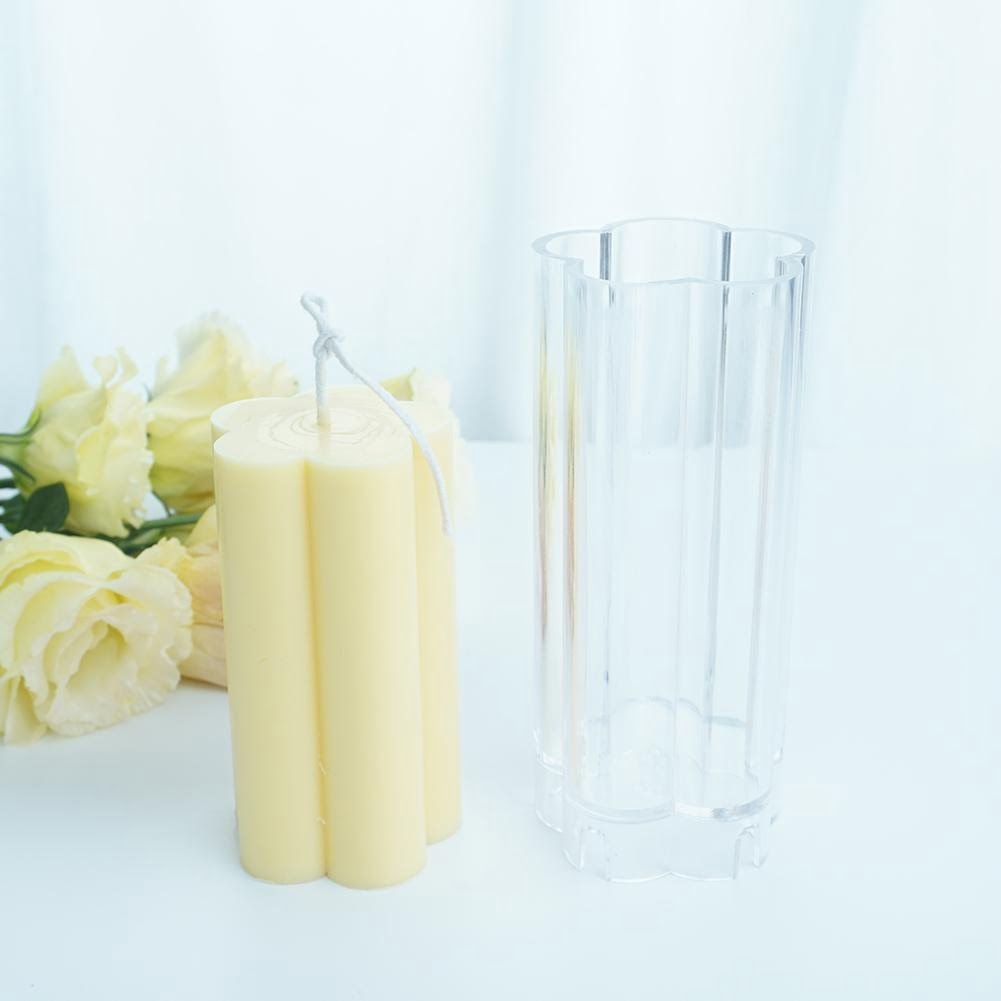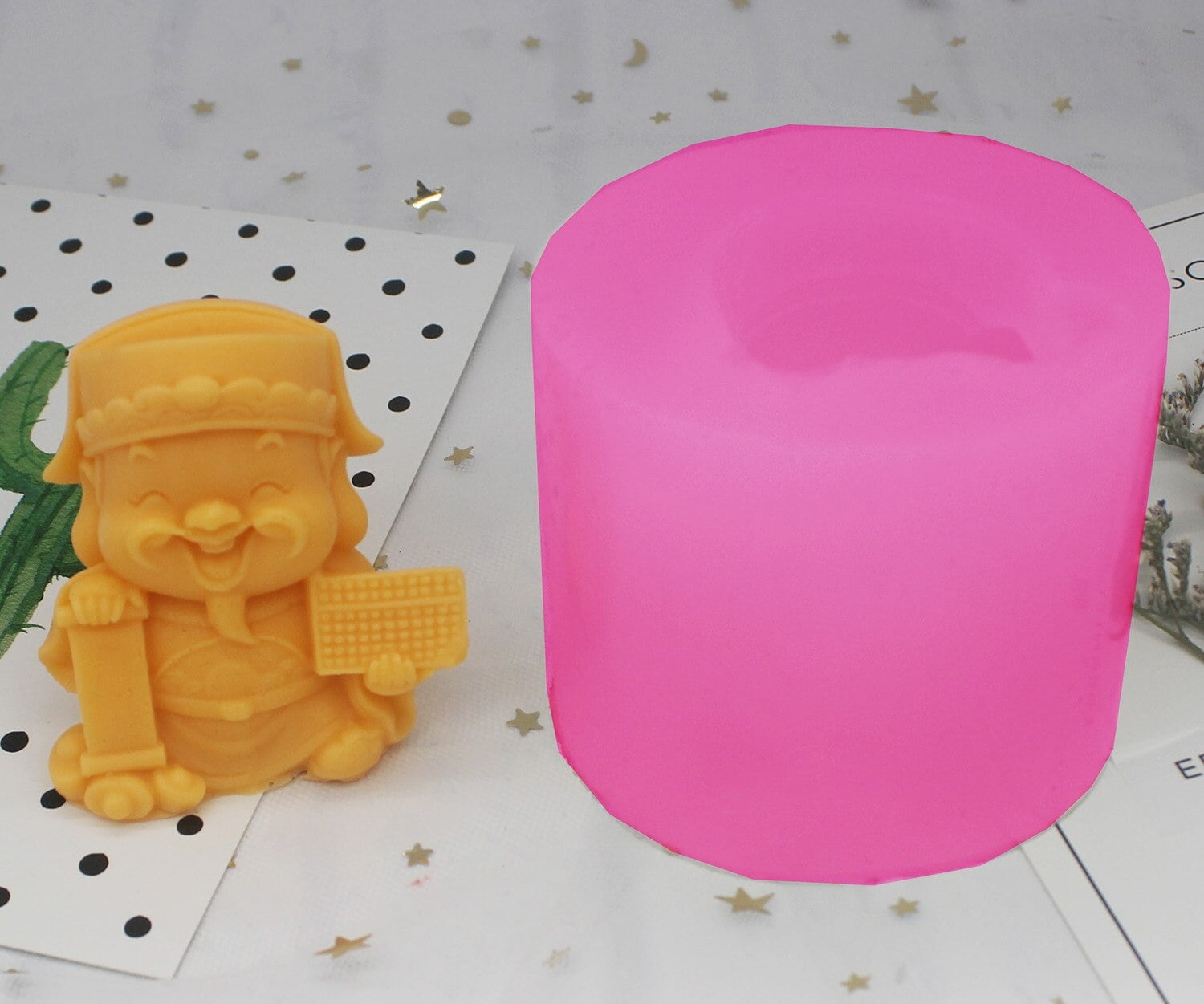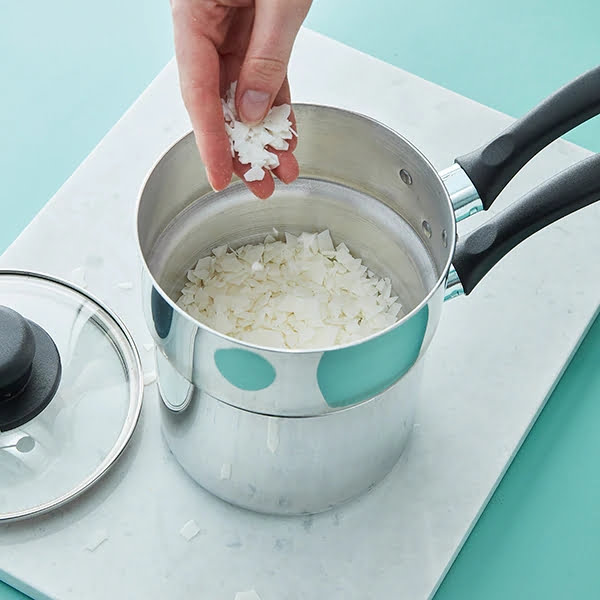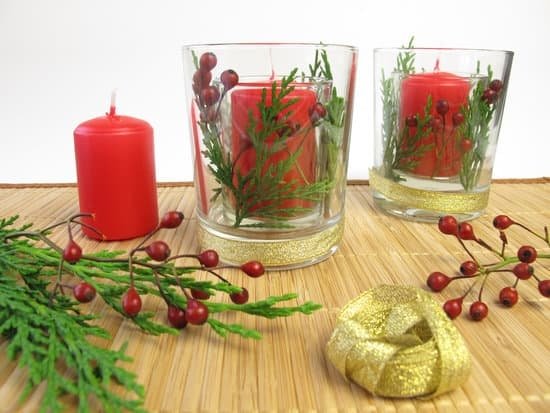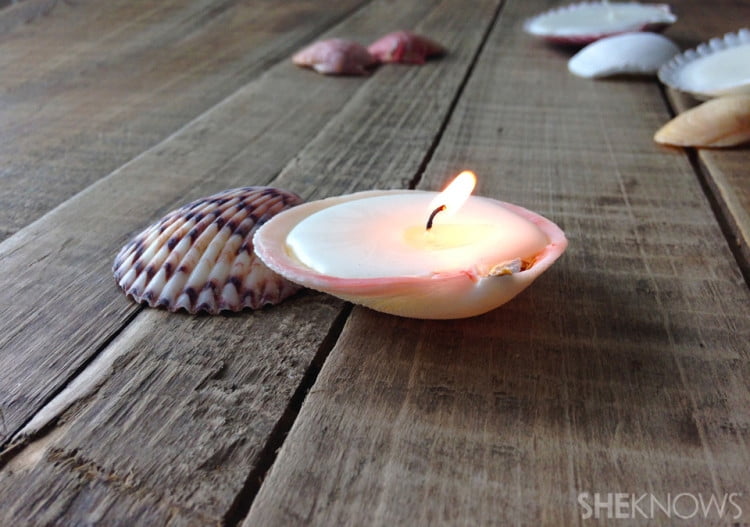In the world of candle making, fragrance oil plays a crucial role in creating the perfect scented candles. The choice of fragrance oil can greatly impact the overall quality and aroma of your candles, making it an essential element to consider during the candle-making process. This introductory section will explore why fragrance oil is important in candle making and highlight the significance of selecting the right fragrance oil for desired results.
One of the primary reasons why fragrance oil is important in candle making is its ability to influence the scent of the candles. The fragrance oil not only provides a pleasant aroma but also creates an atmospheric experience when the candle is lit. Whether you want a soothing lavender scent to promote relaxation or a refreshing citrus scent to invigorate your space, the right fragrance oil can enhance the mood and ambiance created by your candles.
Moreover, choosing the appropriate fragrance oil is essential for achieving high-quality candles. The quality and authenticity of scent are major factors that contribute to customer satisfaction. With a wide range of fragrance oils available, it is important to select oils that are specifically designed for candle making. By using high-quality fragrance oils, you can ensure that your candles emit consistent and long-lasting scents, enhancing their appeal and longevity.
When selecting a fragrance oil for candle making, it is important to consider various factors such as scent preferences, candle type, and even color. Different individuals have different olfactory preferences, so determining the desired aroma and mood for your candles will help in selecting suitable fragrances.
Additionally, considering the type of wax used (such as soy or beeswax) and whether it complements well with specific fragrance oils is crucial for optimal results. Furthermore, certain fragrance oils may also impact or alter the color of your candles, adding another layer of consideration when making your selection.
With these factors in mind, understanding how fragrance oils impact candle making becomes imperative to produce amazing scented creations. By carefully choosing premium-quality fragrances that perfectly complement your intended results, you can create candles that delight the senses and bring warmth and comfort to any space.
Understanding Fragrance Oil Options
When it comes to candle making, selecting the right fragrance oil is crucial in achieving the desired scent and overall quality of the candles. There are different types of fragrance oils available for candle making, each with its own characteristics and benefits. Understanding these options will help candle makers make informed decisions and create truly exceptional candles.
There are three main types of fragrance oils used in candle making: essential oils, synthetic fragrance oils, and fragrance blends. Essential oils are derived from natural sources such as plants and flowers. They offer authentic scents but often have a more subtle aroma compared to synthetic fragrance oils.
Synthetic fragrance oils are artificially created and offer a wide range of scents that can closely mimic natural fragrances or provide unique scent combinations. Fragrance blends, on the other hand, combine both essential oils and synthetic fragrance oils to create complex and layered scents.
Here is a breakdown of the pros and cons of each type:
– Essential Oils:
– Pros:
- Natural and pure aroma.
- Can provide therapeutic benefits.
– Cons:
- Limited scent options compared to synthetic fragrance oils.
- May have a weaker or shorter-lasting scent.
– Synthetic Fragrance Oils:
– Pros:
- Wide variety of scents available.
- Long-lasting aroma.
– Cons:
- Not as natural or authentic as essential oils.
- Some people may be sensitive to certain synthetic fragrances.
– Fragrance Blends:
– Pros:
- Offers a combination of natural and synthetic scents for a unique fragrance profile.
- Wide range of options available.
– Cons:
- Can be more expensive than individual essential or synthetic oils.
- Finding the perfect blend may require some experimentation.
By understanding the different options for fragrance oils in candle making, enthusiasts can make informed choices that will result in exceptional candles with their desired aroma profiles. Whether one prefers the purity of essential oils, the variety of synthetic fragrance oils, or the complexity of fragrance blends, there is a fragrance oil option available to suit every candle maker’s preferences and needs.
Factors to Consider when Choosing Fragrance Oils
When it comes to choosing fragrance oils for candle making, there are several important factors to consider. The scent of the candles can greatly impact the overall experience and enjoyment, so it is crucial to select fragrance oils carefully. Here are some key factors to keep in mind when choosing fragrance oils for your candle making projects:
Scent Preferences
One of the most important factors to consider when choosing fragrance oils is personal scent preferences. Think about the desired aroma and mood you want to create with your candles. Do you prefer floral scents, fruity scents, or perhaps a more gourmet aroma? Consider what scents resonate with you and align with the purpose or theme of your candles.
Candle Type
The type of candle being made should also be taken into consideration when selecting fragrance oils. Different types of wax, such as soy, beeswax, or paraffin, may have different compatibility with certain fragrances. It is important to ensure that the fragrance oil chosen is suitable for the specific type of wax you are using.
Additionally, consider other factors such as wicks and additives used in the candle-making process. Fragrance oils should be compatible with these materials to ensure optimal burning performance and scent throw.
Candle Color
Another factor to keep in mind is how fragrance oils can impact the color of your candles. Some fragrance oils may cause discoloration or alter the appearance of your candles. If maintaining a specific color or aesthetic is important to you, make sure to choose fragrance oils that are known to work well with your desired color palette.
By considering these factors when choosing fragrance oils for candle making, you can ensure that you select scents that not only match your personal preferences but also work harmoniously with the type of candle you are making and its desired visual appeal. Taking these factors into account will help you create high-quality candles with captivating scents that will enchant anyone who experiences them.
Popular Fragrance Oil Categories for Candle Making
When it comes to choosing fragrance oils for candle making, there are several popular categories that consistently stand out. These fragrance categories offer a wide range of scents and can be used to create candles for different moods, occasions, or preferences. Here are three popular fragrance oil categories:
1. Floral Fragrances:
Floral scents are beloved in the candle making community for their refreshing and calming qualities. Some popular floral fragrances include lavender, rose, and jasmine. Lavender is known for its soothing properties and is often used to create candles that promote relaxation and stress relief. Rose has a sweet and romantic scent that is perfect for creating an intimate setting or adding ambiance to special occasions. Jasmine offers a sensual aroma that can elevate any space.
2. Fruity Fragrances:
Fruity scents bring a burst of freshness and vibrancy to candles. They are often associated with energy, playfulness, and the outdoors. Popular fruity fragrances for candle making include apple, citrus (such as orange or lemon), and berry (such as strawberry or raspberry). Apple scents can create a welcoming atmosphere reminiscent of autumn or cozy gatherings. Citrus scents provide an invigorating feel to any space while berry fragrances infuse sweet notes into candles.
3. Gourmet Fragrances:
Gourmet fragrances add a touch of indulgence to candle making projects. Scents like vanilla, chocolate, and coffee are often used to create warm and comforting atmospheres reminiscent of desserts or coffee shops. Vanilla adds a classic sweetness to candles while chocolate brings in rich decadence. Coffee fragrances are perfect for creating cozy environments or enhancing relaxation time.
By understanding the characteristics of each fragrance category, candle makers can select the appropriate scent based on their desired mood or theme.
To achieve the best results in fragrance selection for candle making projects, it is essential to consider factors such as the desired aroma, the type of candle being made (such as soy, beeswax, or paraffin), and how fragrance oils can impact the color of candles. Taking into account these factors will ensure that the chosen fragrance oil complements all aspects of the candle-making process and enhances the overall experience for both the maker and consumer.
Selecting Fragrance Oils Based on Candle Seasonality
Seasonal fragrances can add an extra touch of magic to your candles, bringing the scents of each season into your home. When selecting fragrance oils for your candle making endeavors, considering seasonality can help you create candles that are not only visually appealing but also evoke the spirit of each season.
For the winter season, pine and cinnamon fragrance oils are popular choices. The fresh, woody scent of pine perfectly captures the essence of a snowy winter landscape, while the warm and spicy aroma of cinnamon adds a cozy touch to any room. These fragrances are especially popular during the holiday season, creating a festive atmosphere in your home.
As spring arrives, fresh linen is a favorite fragrance choice. This light and crisp scent brings to mind freshly washed clothes hanging out on a sunny day. It’s refreshing and invigorating, making it perfect for rejuvenating spaces after a long winter.
Summer scents can range from tropical fruits like coconut and pineapple to vibrant florals like hibiscus and plumeria. These fragrances transport you to a beachside paradise or a lush garden full of blooming flowers.
When fall rolls around, warm and earthy scents such as pumpkin spice and apple cider become popular. These comforting aromas create a cozy ambiance as the weather turns cooler. Other autumn-inspired fragrances include warm spices like nutmeg and clove, as well as rich notes of amber and vanilla.
Incorporating seasonal scents into themed candles or gift sets can be a delightful way to celebrate each season. You can experiment with layering different fragrances or creating unique combinations that represent the essence of that particular time of year.
By carefully selecting fragrance oils based on candle seasonality, you can create candles that not only provide illumination but also evoke cherished memories and capture the spirit of each passing season.
Fragrance Oil Safety and Compatibility
Tips for Using Fragrance Oils Safely
When working with fragrance oils in candle making, it is important to prioritize safety to prevent any accidents or mishaps. Here are some tips for using fragrance oils safely during the candle making process:
- Use fragrance oils specifically formulated for candle making: It is crucial to select fragrance oils that are specifically designed and tested for use in candles. These oils are created with the appropriate flashpoints and performance characteristics that ensure they burn safely and efficiently.
- Handle fragrance oils with care: Fragrance oils can be highly concentrated, so always handle them with caution. Wear gloves and protective eyewear when measuring and handling the oils to avoid any skin irritations or contact with your eyes.
- Follow recommended usage rates: Each fragrance oil will have a recommended usage rate provided by the manufacturer. This rate indicates the maximum amount of fragrance oil that should be used in relation to the weight of wax being used. Following these guidelines will ensure optimal performance of both the fragrance oil and the candle.
- Store fragrance oils properly: To maintain the quality and potency of your fragrance oils, store them in cool, dark places away from direct sunlight or heat sources. This will help prevent degradation over time.
Ensuring Compatibility of Fragrance Oils
In addition to safety, it is also important to consider compatibility when using fragrance oils in candle making. Here are some factors to keep in mind:
- Wax type: Different types of wax (such as soy, beeswax, or paraffin) have different melting points and characteristics. Some fragrance oils may not perform well or may not mix properly with certain types of wax. Always check if a particular fragrance oil is compatible with the specific type of wax you are using before incorporating it into your candles.
- Wick selection: The size and type of wick used in a candle can impact its burn rate and performance. Some fragrance oils may require a specific type of wick to ensure optimal burning and scent throw. It’s important to consider the recommendations provided by the fragrance oil manufacturer when selecting the appropriate wick.
- Other candle-making materials: Fragrance oils can interact differently with additives or colorants that are added to candles. It is important to test how fragrance oils perform when combined with other materials to ensure compatibility and desired results.
Fragrance Oil Usage Guidelines
To achieve the best results when using fragrance oils, it is essential to follow usage guidelines provided by the manufacturer. These guidelines will vary depending on the specific fragrance oil being used, so always refer to the product instructions for accurate measurements and usage rates.
Generally, the recommended usage rate for fragrance oils in candle making ranges from 6% to 10% of the total wax weight. This means that if you are using 1 pound of wax, you should add approximately 0.06 to 0.1 pounds (or approximately 27-45 grams) of fragrance oil.
However, it is important not to exceed the recommended maximum load as this can cause problems with the candle’s burn quality or scent throw. Testing different usage rates and keeping thorough records will help you find your preferred balance between scent strength and performance.
Remember, safety and compatibility are key factors in using fragrance oils effectively in candle making. By following these guidelines and considering these factors, you can ensure a successful and enjoyable candle-making experience while achieving beautiful scented creations.
Blending Fragrance Oils for Unique Scents
Blending fragrance oils is an exciting and creative way to add a unique touch to your candle-making projects. By combining different scents, you can create custom fragrances that are one-of-a-kind and tailored to your preferences. Blending fragrance oils allows you to experiment and achieve desired results that may not be possible with single fragrance oils alone.
When blending fragrance oils, it is important to start with a clear vision of the aroma you want to create. Consider the characteristics of each individual fragrance oil and how they will come together to form a cohesive scent. Some fragrance oils may have dominant notes while others may act as more subtle accents. Experimenting with different ratios can help you find the perfect balance.
There are several techniques you can use when blending fragrance oils. One popular method is layering, where you add one fragrance oil on top of another in separate layers. This allows for distinct scents that blend harmoniously when the candle burns. Another technique is mixing, where you combine different fragrance oils together before adding them to the candle wax. This method ensures even distribution of the blended scent throughout the candle.
| Fragrance Oil Blend | Ratio | Description |
|---|---|---|
| Lavender + Vanilla | 1:2 | A soothing blend that combines the relaxing properties of lavender with the warmth of vanilla. |
| Apple + Cinnamon | 2:1 | A classic combination that evokes warm apple pie and cozy autumn evenings. |
| Rose + Sandalwood | 1:1 | A romantic and luxurious blend that balances the delicate floral notes of rose with the rich, woody scent of sandalwood. |
Blending fragrance oils is an art form that allows you to create signature scents that are truly unique. It is important to keep track of your blends and their ratios in case you want to recreate them in the future. Take notes on what works and what doesn’t, and don’t be afraid to experiment with different combinations. Remember, the possibilities are endless when it comes to blending fragrance oils for candle making.
Top Fragrance Oil Recommendations for Candle Making
| Fragrance Oil | Description | Best Candle Applications |
|---|---|---|
| Lavender | A classic floral scent known for its calming properties. Lavender fragrance oil is perfect for creating a relaxing and soothing ambience. | Soy candles, linen sprays, bath products |
| Vanilla | A warm and comforting scent that instantly brings a sense of coziness. Vanilla fragrance oil is versatile and blends well with other scents. | Taper candles, pillar candles, wax melts |
| Apple Orchard | A fruity and fresh scent reminiscent of walking through an apple orchard. Apple orchard fragrance oil is perfect for creating crisp and uplifting atmospheres. | Mason jar candles, container candles, reed diffusers |
These are just a few examples of highly recommended fragrance oils for candle making. Each fragrance oil has its unique characteristics and applications, so it’s important to consider the type of candle you’re making and the desired scent profile when selecting fragrances.
Customer reviews or testimonials can also provide valuable insights into how these fragrance oils perform in candle-making projects. Learning from others’ experiences can help you make an informed decision and narrow down your options. Ultimately, the best fragrance oil for your candle making needs will depend on your personal preferences and the specific ambiance you wish to create.
Remember, experimenting with different fragrances is part of the fun in candle making. Don’t be afraid to try out new combinations and create unique scents that reflect your creativity and style. With a wide variety of fragrance oils available, the possibilities are endless when it comes to crafting exquisite candles that delight the senses.
Conclusion
In conclusion, finding the perfect fragrance oil for your candle making needs is essential in order to create high-quality candles with a desirable scent. Throughout this article, we have discussed the importance of fragrance oil in candle making and how it can impact the overall quality and aroma of the candles. We also explored the various options available, including essential oils, synthetic fragrance oils, and fragrance blends, each with their own pros and cons.
When choosing fragrance oils, several factors should be considered. Scent preference plays a crucial role in determining the desired aroma and mood for the candles. Additionally, it is important to consider the type of candle being made (such as soy, beeswax, or paraffin) to ensure compatibility with the chosen fragrance oil. Candle color is another factor to keep in mind as certain fragrance oils can affect the color of candles.
Popular fragrance oil categories were also discussed, including floral fragrances like lavender and rose, fruity scents such as apple and citrus, and gourmet fragrances like vanilla and chocolate. These categories offer a wide range of options to cater to different preferences.
Furthermore, we explored using seasonal fragrances to enhance themed candles and gift sets. Fragrance oils that are popular during specific seasons can create a delightful atmosphere in any space. Safety and compatibility when working with fragrance oils were emphasized along with tips to ensure optimal results.
Lastly, we touched upon blending different fragrance oils for unique scents. This allows for creativity and experimentation in creating custom fragrances for your candles. It is important to carefully mix different oils to achieve desired results.

Welcome to my candle making blog! In this blog, I will be sharing my tips and tricks for making candles. I will also be sharing some of my favorite recipes.

